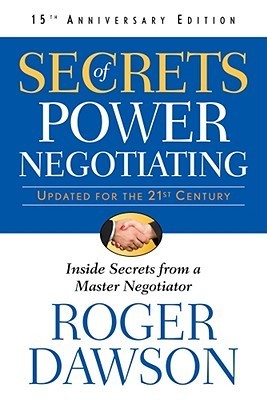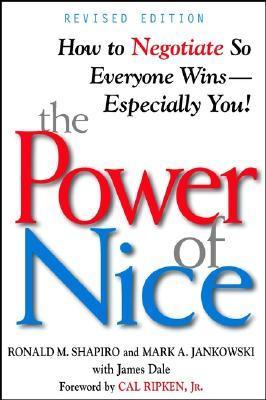
Getting to Yes: Negotiating Agreement Without Giving In
Book Description
Imagine standing at a crossroads where every decision could lead to conflict or collaboration. "Getting to Yes" unravels the art of negotiation, revealing strategies that transform high-stakes confrontations into mutually beneficial outcomes. This powerful guide breaks down the barriers of traditional bargaining, pushing past positions into the realm of shared interests. With stories of real-world negotiations, it empowers readers to navigate the toughest discussions with confidence and creativity. The stakes are high, but so are the rewards. What if every agreement could be a win-win, turning adversaries into allies?
Quick Book Summary
"Getting to Yes: Negotiating Agreement Without Giving In" is a groundbreaking guide that introduces principled negotiation—a method that helps parties resolve disputes by focusing on mutual interests rather than entrenched positions. Fisher and his coauthors argue that negotiation doesn’t have to be adversarial or about who wins or loses. Instead, successful negotiation means separating people from the problem, emphasizing interests, inventing creative options for mutual gain, and insisting on using objective criteria. Backed by real-world case studies and practical advice, the authors demonstrate how to overcome obstacles like power imbalances or intransigence, leading to agreements that benefit all sides. This book equips readers with practical frameworks to approach tough discussions with clarity, fairness, and efficiency, transforming negotiations from stressful standoffs into collaborative problem-solving opportunities.
Summary of Key Ideas
Table of Contents
Separating People from the Problem
Negotiations often fall apart because parties focus on positional bargaining: each side takes a stance and defends it, leading to stalemates or unsatisfactory compromises. "Getting to Yes" reframes negotiation as a collaborative process by encouraging people to separate personal relationships from substantive issues. Addressing the emotions, perceptions, and communication barriers between individuals can prevent misunderstandings and build an atmosphere of trust and respect—making it easier to address the actual problem at hand.
Focusing on Interests Over Positions
The book emphasizes the importance of identifying and articulating interests beneath positions. A position is the outcome someone says they want, but interests are the underlying reasons, needs, values, or fears driving that position. The authors illustrate that discovering shared or complementary interests allows both sides to craft agreements that satisfy deeper motivations, paving the way for creative solutions that break through apparent deadlocks.
Generating Options for Mutual Gain
Rather than settling for a limited set of fixed options, "Getting to Yes" advocates for brainstorming and inventing alternatives that meet the interests of both parties. By separating the act of inventing from deciding, negotiators expand the pie before dividing it. Willingness to consider a variety of possibilities—including trade-offs and joint gains—transforms the negotiation from a zero-sum battle to an opportunity for mutual benefit, unlocking value that would otherwise go unexplored.
Using Objective Criteria
Decisions based on arbitrary power or pressure rarely endure. Instead, the book urges negotiators to use objective criteria—external standards such as market value, legal precedents, or expert opinion—to guide agreements. This approach grounds decisions in fairness and legitimacy, reduces emotional conflict, and makes it easier for both sides to agree, even when their interests naturally diverge.
Dealing with Difficult Negotiators
Negotiations aren’t always smooth. Sometimes one party is more powerful, stubborn, or unwilling to cooperate. The authors propose strategies to deal with hard bargainers by focusing on principles rather than personalities, exploring alternatives like the Best Alternative to a Negotiated Agreement (BATNA), and remaining open to reasoned persuasion. These techniques empower negotiators to stand firm without resorting to aggression, ensuring outcomes are fair, durable, and mutually advantageous.
Download This Summary
Get a free PDF of this summary instantly — no email required.





